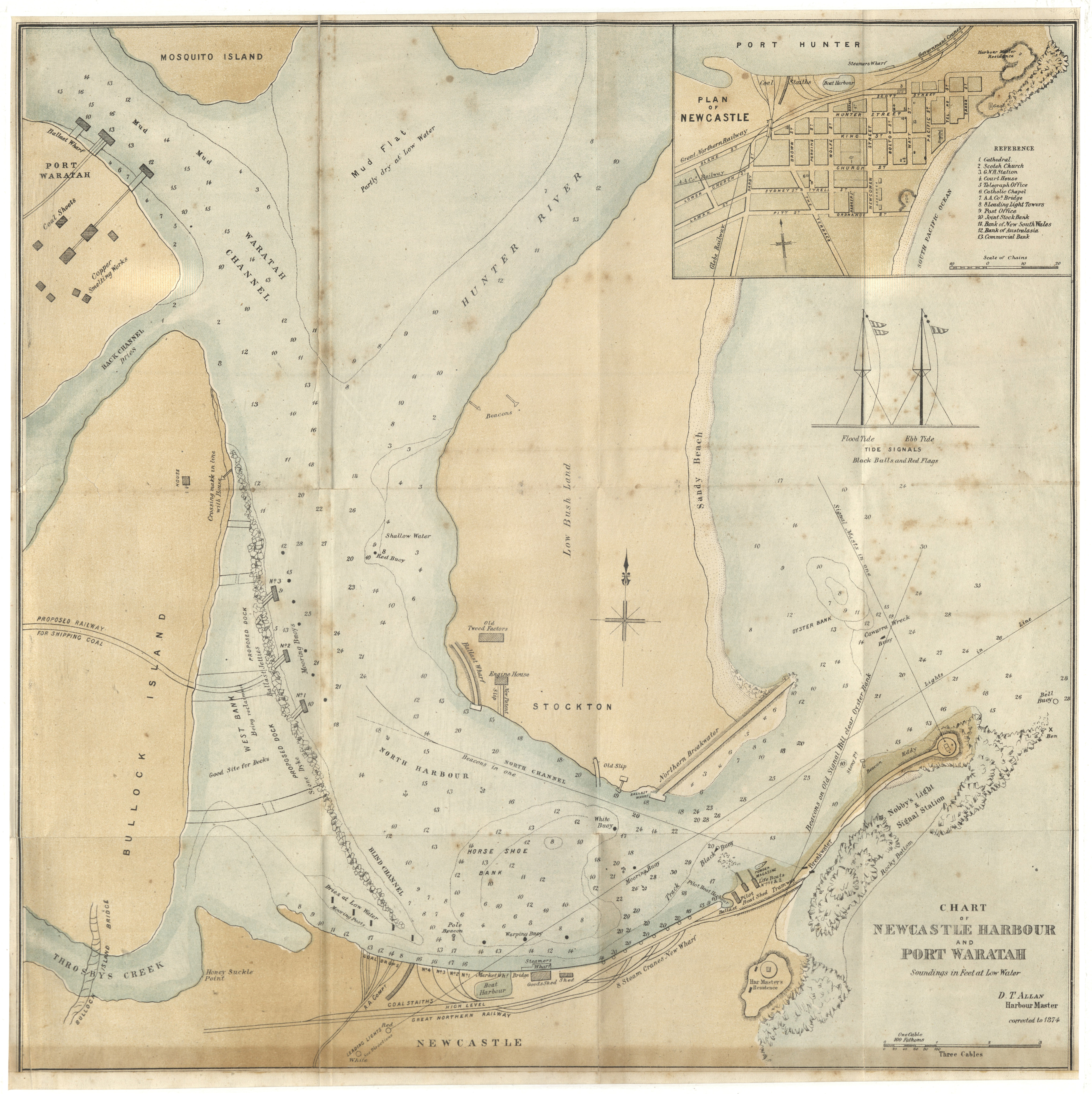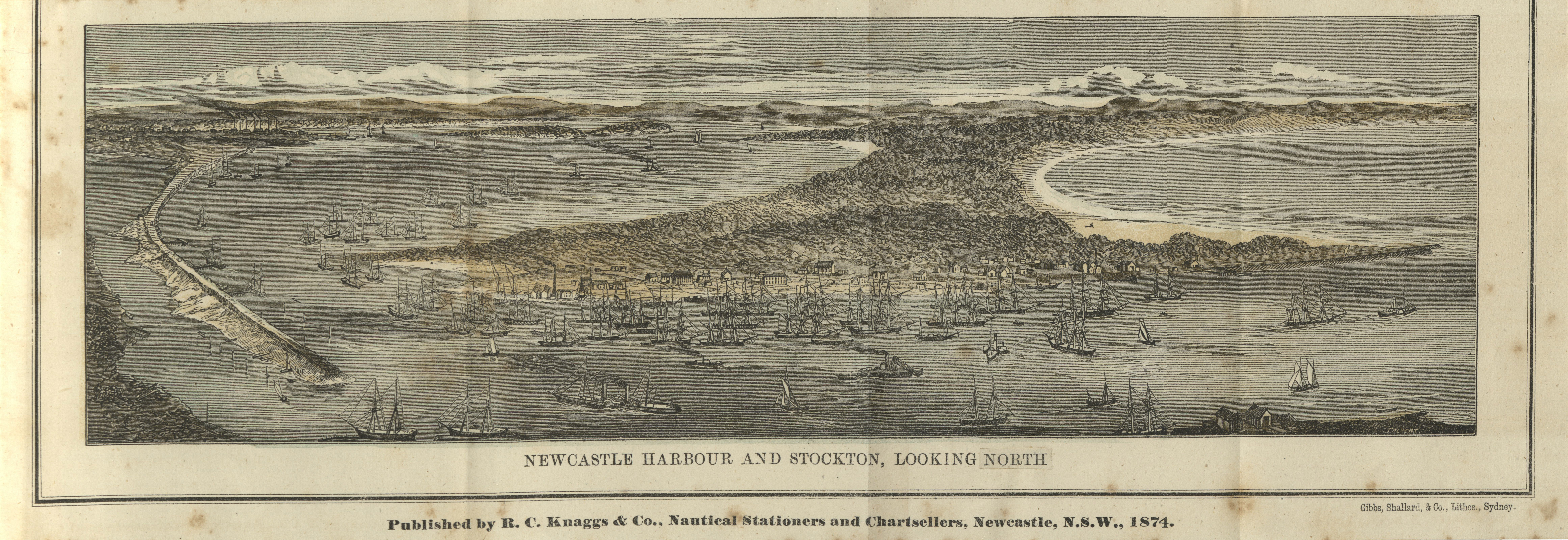
Thanks to Mr Ross Edmonds for allowing us to present John R. Bingle’s personal copy of the Past and Present Records of Newcastle New South Wales. (10.6 MB PDF File) and map of Puen Buen, John Bingle’s estate of 1800 acres (728 ha) of land at Dart Brook, in the Upper Hunter district.
This important historical work on Newcastle was published in Newcastle by Bayley, Son, and Harwood at the Pilot Office, Hunter Street in 1873. The book contains a photograph of Bingle, with signed dedication, as well as tipped in engravings from the Illustrated Sydney News, and ms extracts from his daughter Sarah Cross Little. John R (i.e., Rayden) Bingle, whose signature denotes its ownership, was the only son of John Bingle.

John Bingle (1796-1882), is one of the champions of Newcastle, a largely forgotten business hero, instrumental in ensuring that King Edward Park was later dedicated to the people of Newcastle, and establishing an exchange to promote business dealings and enterprise. According to his Australian Dictionary of Biography entry by Nancy Gray, within five years he became a “director of two banks, a member of the diocesan committee of Christ Church, chairman of the Exchange, and first chairman of the Newcastle Chamber of Commerce. The first message sent by telegraph on the line from Sydney to Newcastle, on 11 January 1860, was from his office.”



What a treasure. I notice Alexander Walker Scott’s 1840s tweed factory at Stockton, which I thought was long defunct by 1874. Has there been any archaeological investigation of the factory site?
Hi Nancy, Bingle is writing in the 1870s, but recalling the early history of Newcastle. It’s interesting, from Bingle tells us, kind of implies that the Tweed Factory, and the Convict Lumber Yard were probably the subjects of an arsonist, who destroyed the Tweed Factory (built around 1834) on the 3rd July 1851. Then two nights later, after presumbly ferrying across from Stockton, burned the old Stockade, or Lumber Yard on the 5th July 1851. (See Bingle page 44) We need a cold case podcast on this one!
BTW, We have replaced the original PDF with an OCRed (Optical Character Recognition) version, which will help in locating text within the digitised book.
LIKE TO KNOW MORE ABOUT THE BINGLE IN THE WESTERN CAPE